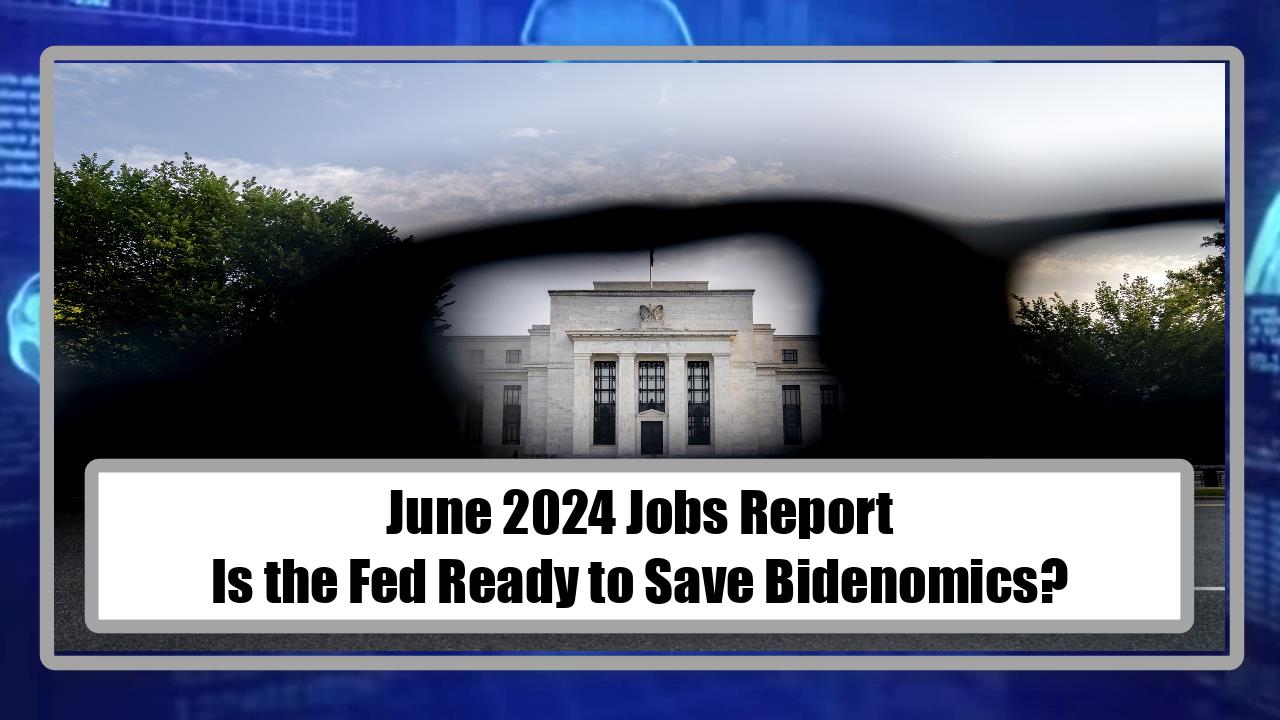Video:
Take our online poll:
AI Analysis:
The history of the Federal Reserve (Fed) changing interest rates before presidential elections shows a nuanced pattern. The Fed's decisions are typically based on economic indicators rather than political calendars, but there are instances where timing has led to speculation about potential political motivations. Here are a few key points from history:
Independence and Perception: The Fed is designed to operate independently from political influence. Its primary mandate includes managing inflation and promoting maximum employment. However, the timing of interest rate changes near elections often leads to scrutiny and theories about political motivations.
Election Year Rate Changes:
1956 and 1960: The Fed raised rates before the presidential elections. 1968 and 1972: The Fed raised rates again before the elections. 1980: Paul Volcker, the Fed Chairman, raised rates dramatically to combat inflation, which some argue influenced the election outcome. 1992: The Fed cut rates prior to the election, which some viewed as supportive of the incumbent. 2000: The Fed raised rates early in the year but did not change them closer to the election. 2004: Rates were raised several times during the year, including before the election. 2008: During the financial crisis, the Fed cut rates significantly. 2016: Rates were kept steady during most of the election year and were raised slightly in December after the election.
Patterns and Exceptions: There is no consistent pattern that suggests the Fed systematically changes rates to influence elections. The Fed's decisions appear more closely aligned with economic conditions rather than election timing. For example, during the 2008 financial crisis, the focus was on stabilizing the economy rather than political considerations.
Public Statements: Fed officials, including current and past chairpersons, often emphasize the importance of the Fed’s independence and the non-political nature of its decisions. They stress that decisions are data-driven and aimed at fulfilling the Fed's mandate rather than influencing political outcomes.
Recent Trends: In recent years, the Fed has been transparent in communicating its policy intentions through forward guidance, which helps reduce market uncertainty and speculation about political motivations. The use of press conferences and detailed minutes from Federal Open Market Committee (FOMC) meetings also aims to clarify the rationale behind rate changes.
In summary, while there have been instances where the timing of Fed rate changes coincided with presidential elections, historical evidence suggests that these decisions are primarily driven by economic conditions rather than political cycles.
Chart:

References:


Comments